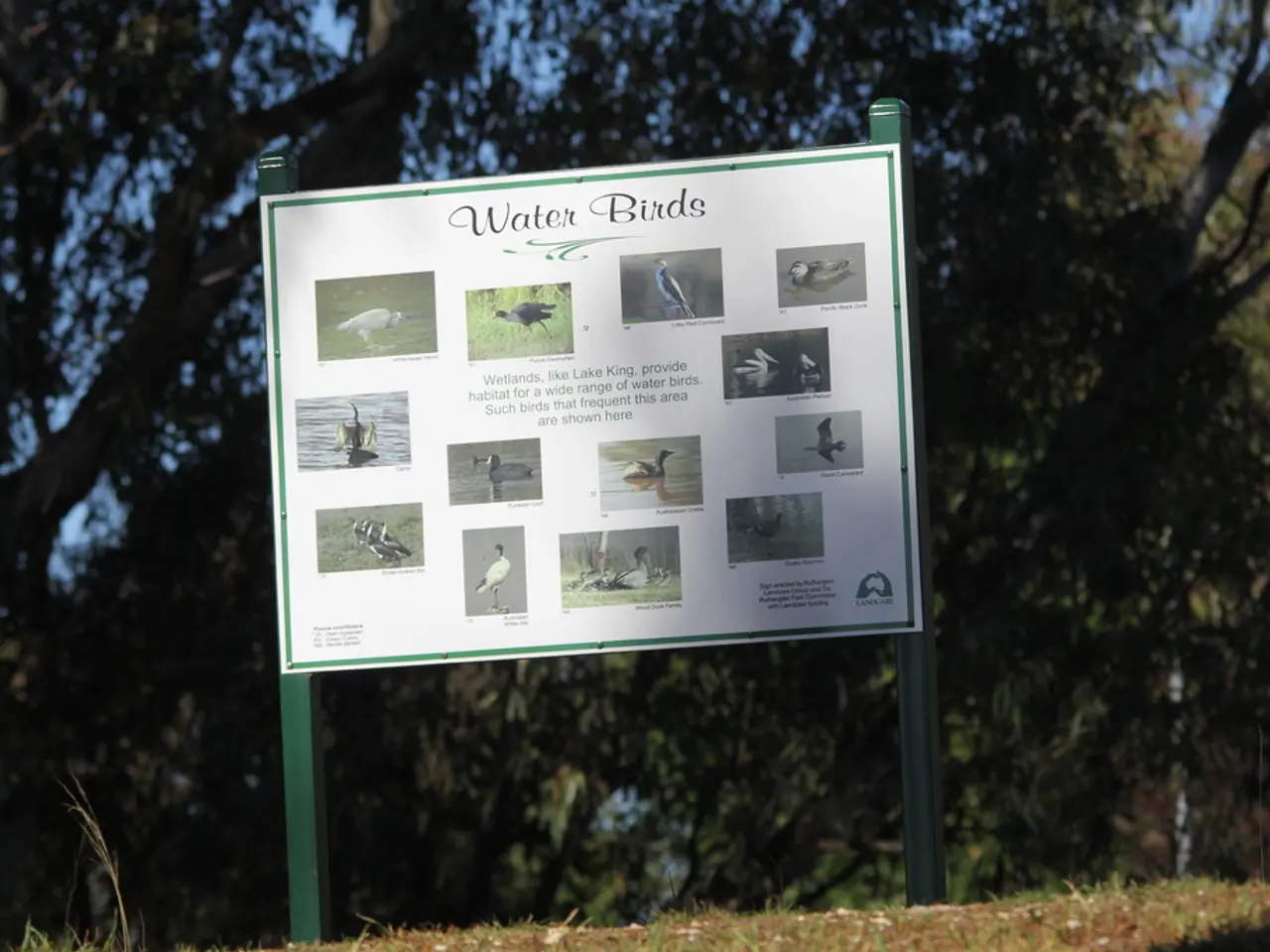Kilimanjaro: A Birdwatcher's Paradise
Kilimanjaro, Africa's highest peak, offers more than just a physical challenge. It's a vertical journey through diverse ecosystems, each hosting unique bird communities. Birdwatchers can enjoy this journey best by choosing routes that allow seven to nine days, especially during the dry seasons (January to March or June to October).
The climb begins in dense montane forest, teeming with life. Here, you'll spot turacos, bee-eaters, and sunbirds. As you ascend, the landscape transforms. Above the forest, heather and moorland take over, with Alpine chat, augur buzzards, and white-necked ravens keeping you company.
The upper alpine zones reveal species adapted to high altitude, like the Lammergeier (bearded vulture) and Alpine swift. Finches and chat birds also make an appearance. The final ascent is stark and silent, with only ravens for company. But the journey is not just about the summit. Transitions through different zones make it unforgettable.
For those who prefer vibrant forests, shoulder-season treks in late March or early November offer a higher chance of rain but also seasonal visitors.
Kilimanjaro combines physical challenge with natural discovery, appealing to nature lovers and birdwatchers alike. With careful planning and attention to detail, climbers can observe a wide variety of birds, making the journey as rewarding as the summit.
Read also:
- Transforming Digital Inventories in the Food Industry: A Comprehensive Guide for Food Businesses
- Munich Airport Unveils Its New Electrical Vehicle Charging Parksite
- Meteorologist Predicts Major Hurricane for Northeast U.S. by 2030
- Vehicle electrification and bidirectional charging technologies could potentially reduce EU energy expenses by a staggering €22 billion annually by the year 2040.







